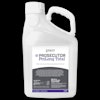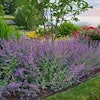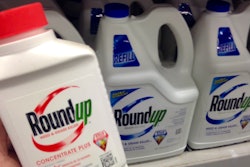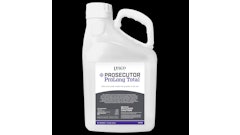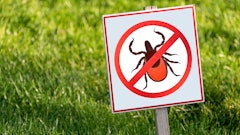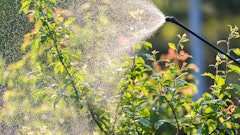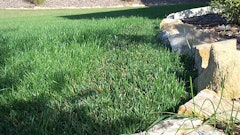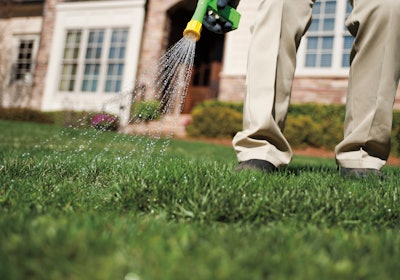
Herbicide can be a lawn care specialist’s best friend. One of its primary advantages is that it can save labor throughout an entire season by providing weed control with a single springtime application, says Jason Fausey, Ph.D., director of technical services, Turf and Ornamentals, Nufarm Americas Inc. Compare that with having to constantly resort to manually pulling weeds—an unrelenting and time-intensive task.
In most of the U.S., however, standard herbicide programs typically consist of more than just one herbicide and more than just one application to be effective. According to Fausey, “Most standard herbicide programs begin with an early spring application of a pre-emergent herbicide targeting annual grasses. This is followed by a spring broad-spectrum broadleaf herbicide targeting any winter annual, and early emerging and flowering broadleaf weeds. Summer scouting programs can determine the need for a summer application of a broadleaf, sedge or grass herbicide. Then that is followed with a broadcast application in the fall with a broad-spectrum broadleaf herbicide.”
Although Fausey’s example is textbook, not all herbicide programs should follow that exact regimen. The rule of green thumb is to stick with what works for each turf as every property and its weeds are unique, and if you find your herbicide program lacking, there are many ways to try to pinpoint the problem. Fausey warns, “Weeds escaping and becoming more difficult to control are great indicators that it is time to reevaluate your herbicide program. It could be due to the product selection, application timing, use rate, spray technique or weed resistance, but a close look at the program needs to occur.”
Six Ways to Make Your Herbicide Program Work
Follow these six tips from Fausey to establish a successful herbicide program for both you and your customers:
- Ensure your turf is healthy. “With all herbicides, it’s good to remember that healthy turf is the best way to reduce your weed pressure,” Fausey confirms. “If turf is stressed and growing poorly, the same is true for the weeds and applications made during these conditions often result in poor results.”
- Know your enemy. “Proper weed identification is critical in determining the proper herbicide selection. All herbicides have strengths and weaknesses in the weeds they control. Knowing the primary target is key to building the correct program,” declares Fausey. “There are excellent herbicides that are non-selective and control all weeds, as well as products that are selective and control just grasses or broadleaf weeds. The correct product selection begins with the proper weed identification.”
- Minimize herbicide usage to maximize its success. Fausey says, “The number of herbicide applications should always be minimized to ensure the greatest results for when they are used. All herbicide programs should incorporate only those products that are effective on the target weed. No herbicide should ever be applied unless there is a plan and need for the product.”
- Follow correct application procedures. “Be sure to read and follow label directions,” forewarns Fausey. “All herbicides can struggle to provide adequate control if the proper application techniques are not followed.”
- Know your equipment and its limitations, especially when selecting between liquid or granular herbicides. “The primary factor for determining which formulation type to use is the application equipment. Sprayable formulations result in overall better coverage and results than granules, but not everyone has that equipment available,” says Fausey.
- Know your audience before going organic. “There is a market for organic herbicides,” suggests Fausey. “However, customers need to understand before starting this type of program that organic herbicides require additional applications and do not provide the same level of weed control as traditional herbicides.”
Once you successfully follow these six easy steps to creating an effective herbicide program, herbicide might not only be your best friend, but your customers, too.

